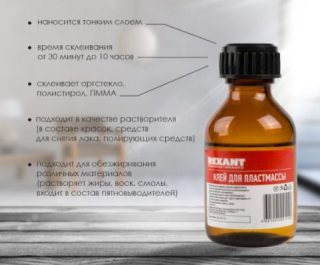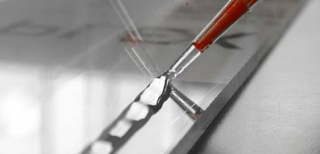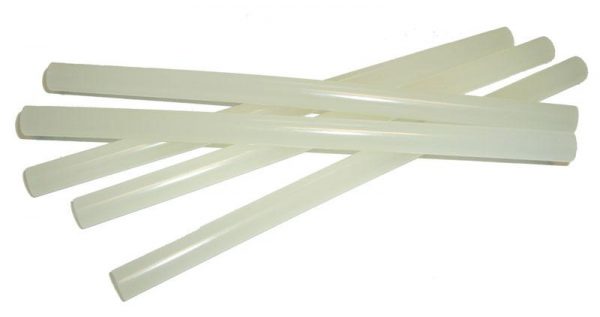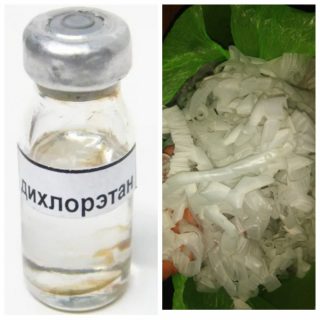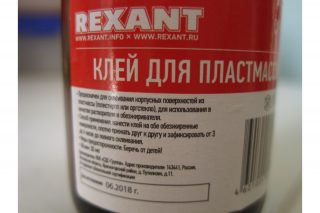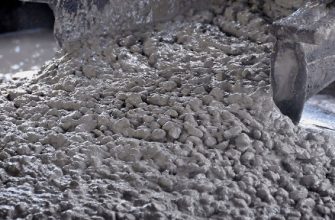In everyday life, in construction, in the manufacture of various objects and furniture, adhesives are often used. EDC glue, or dichloroethane, is ideal for processing certain types of plastics and polymers. However, you need to be very careful and careful when using it.
What is dichloroethane
Adhesive characteristics
EDC is considered aggressive substance, due to which, when gluing some plastics, it has no equal in strength. It is significantly superior to any universal formulation. Its high toxicity made it suitable mainly for industrial applications, within which toxic fumes can be quickly disposed of.
Scope of application
- porous materials;
- skin and some types of fabrics;
- wood;
- plexiglass;
- polystyrene;
- polyvinyl.
EDC is often used for bonding car and motorcycle body plastics. It is used in the repair of greenhouses, shower cabins.
Types of adhesives
- Liquid... Consists of solvent and water. During work, water evaporates, and the substance becomes durable. It is mainly used for bonding porous materials. Does not freeze on contact with sealed surfaces.
- Contact... Compositions are made with the addition of hardeners, for example, with epoxy resin. When gluing, force is required.
- Hot glue... Reactive composition, which must be thoroughly warmed up before application. It will melt and become comfortable to use. As it cools, the composition hardens. Ideal for large surfaces.
- Reactionary... Composition based on one or two components. Ensures almost instant material setting. Two-component mixtures require dilution with water before use.
Many large manufacturers, as well as specialized construction companies, produce EDC adhesives for various purposes. The popular Moment also has such means.
Home cooking
- Small plastic shavings or crushed elements are prepared.
- Dichloroethane is poured into a glass container, filling the shavings completely.
- Close the container tightly and put it in a cool dark place.
- You can use glue when the plastic is completely dissolved in it. This takes from several hours to several days.

Before use, any adhesive should be tested on a small area of the material to be treated to eliminate the risk of dissolution.
Recommendations for use
When gluing with dichloroethane, you need monitor the environment. It is not recommended to work near sources of water and strong heat. Particular attention is paid to the surfaces to be glued. They need to be tightly and correctly applied to each other, avoiding irregularities in the docking.
Precautions
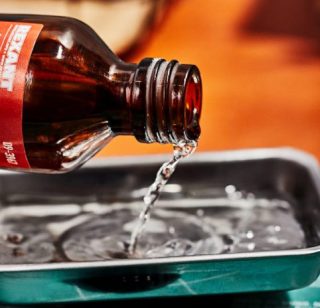
It is necessary to work with dichloroethane glue for plastic very carefully:
- try to avoid contact with the skin;
- work in protective gloves and long-sleeved clothing, use a protective respirator;
- thoroughly ventilate the room in the process;
- store the material in glass or plastic containers away from sunlight and food;
- the lid of the container must close tightly.
If the substance is spilled, the surface must be treated with alcohol.
Failure to comply with safety precautions can lead to poisoning by glue fumes. Dizziness and nausea are the first signs of this condition.
Gluing instructions
- The surface of the materials is degreased with alcohol or acetone.
- Apply glue to the seam with a cotton swab or other small, handy tool.
- The edges of the products are joined and squeezed strongly for a few seconds.
- Fix the material for 5-7 hours until completely dry.
It is not recommended to apply glue abundantly, as it can corrode parts of the bonded surfaces. If moisture gets on the seam, its strength will be significantly reduced. When using ethylene chloride, do not use food containers.


